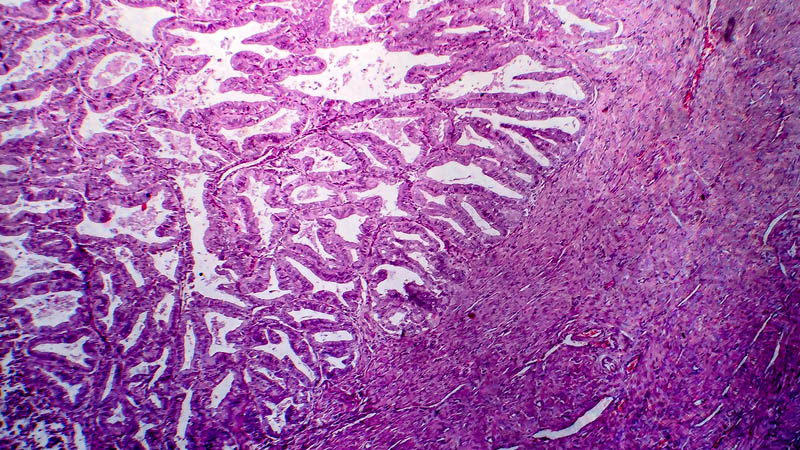Neutropenia – ASCO 2009 report on diagnosis and treatment
Jolanta Lubin1, Anna Markowska2, Radosław Mądry1, Janina Markowska1
 Affiliacja i adres do korespondencji
Affiliacja i adres do korespondencjiThe aim of this paper is to present most recent reports dealing with neutropenia and febrile neutropenia as complications of chemotherapy in oncology. The problem is not isolated but concerns a large proportion of oncologic patients undergoing antitumor therapy. Considering that most oncologic patients are elderly people whose bone marrow reserve is not entirely efficient, palliative prolongation of survival of oncologic patients and more aggressive therapeutic protocols using cytostatic drugs, neutropenia becomes an increasingly frequent sequel of side effects of chemotherapy, rated among acute complications of treatment (developing several days to several weeks after cessation of administration of cytostatics). Qualification of patients to one of three risk groups for febrile neutropenia distinguished by the National Comprehensive Cancer Network (NCCN) and European Organisation for Research and Treatment of Cancer (EORTC), facilitates prediction of the patients’ response to treatment instituted. Reports presented at the 2009 ASCO meeting significantly advance our understanding of factors stimulating the growth of granulocytes and particularly their influence on survival of oncologic patients subjected to myelosuppressive chemotherapy. The paper discusses abstracts presented at the 2008 ASCO meeting, which, similar to the 2009 ASCO abstracts, compare the risk of hospitalization of patients receiving filgrastim and pegfilgrastim. Of utmost importance in clinical practice is primary and secondary prevention and treatment of neutropenia and febrile neutropenia, which is substantial cause of mortality in oncologic patients.









